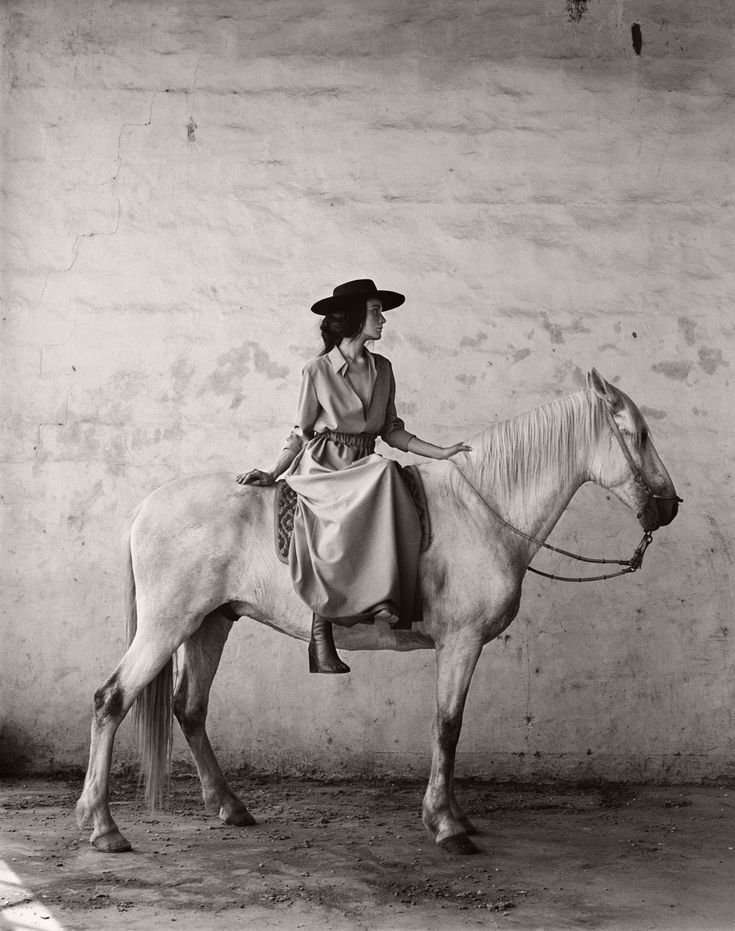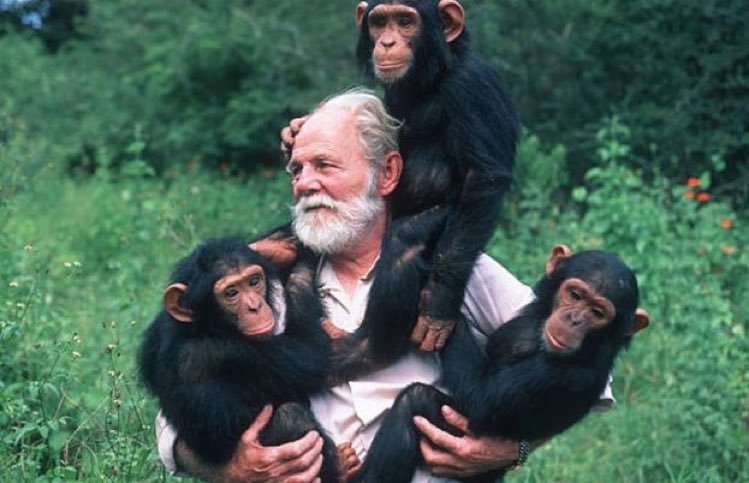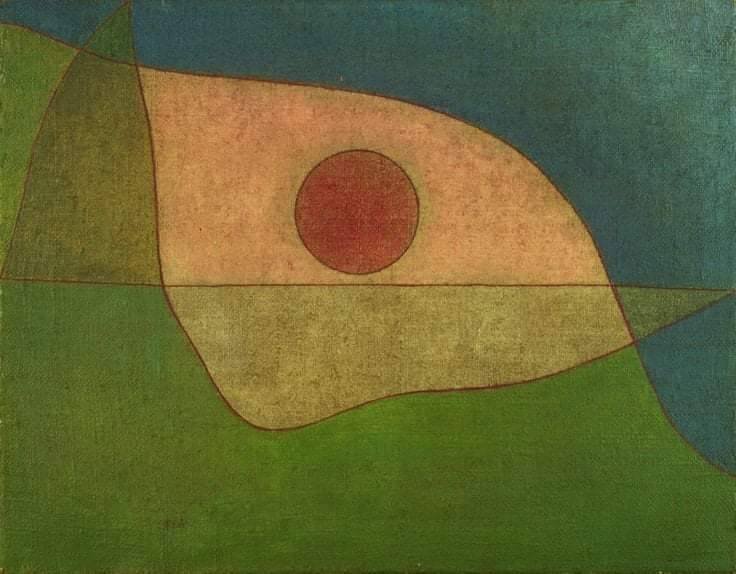“… the Unknown as it immediately affects us” CG Jung
Movement and the Unconscious
To better understand the mysterious unconscious, I differentiated three constructs: the Jungian unconscious, the somatic unconscious and the relational unconscious. Delineating these constructs framed the conversations within the group. This intellectual work was accompanied by a research project into movement improvisation. I chose improvisation as a medium because it represents a coming together of conscious and unconscious elements; of expectation and surprise.
The Somatic Unconscious
Influenced by Moshe Feldenkrais and cybernetic theory, our work on the somatic unconscious explored the construction and influence of habit. This research revealed habits as unconscious couplings between muscular actions, thoughts, feelings and sensations. Furthermore, we explored these couplings as creating parasitic tension, a concept well understood through the Weber Fechner law.
The Relational Unconscious
The right hemisphere is dominant in non-consciously regulated behaviour and the processing of implicit knowledge, where the left hemisphere plays a greater part in explicit knowledge and behavior. This work reveals a fundamental division in our perception of the world; do we see the world as a series of discrete objects, or as a web of entangled wholes? Understanding the validity and pragmatic utility of the relational world offers an epistemologically sound pathway into exploring implicit and integrated phenomena, such as intuition and improvisation.
The Jungian Unconscious
Carl Jung’s influence on Western psychology is significant, yet remains a mere speck in comparison to the total message of his work. Jung’s view of the unconscious is not quick to comprehend, nor entirely comfortable to swallow. In the group, we investigated the Jungian concepts of the Self, the shadow and the transcendent function. For some of the participants, this appeared to be a rich and transformative experience.
Research projects
After four weeks of discussion and exploration, members of the group were tasked with pursuing their own research. Two projects that stand out are Ellen Burkhardt’s “Map of the Unconscious” and David Bantje‘s exploration of improvisation “Expressive Parkour”.





